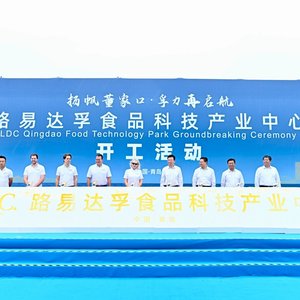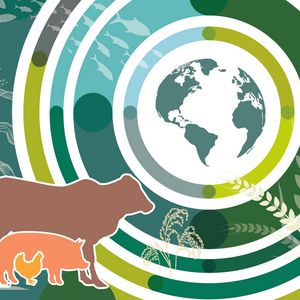The 2004 and 2005 Annual Inspection Reports on Marine Finfish Aquaculture Sites are proof that the province is well on its way to leading the world in sustainable environmental management with the best air and water quality and the best fisheries management, Agriculture and Lands Minister Pat Bell announced today.
“The reports are very positive and directly reflect an industry that is committed to ensuring it protects wild stocks and the environment,” said Bell. “What we are seeing is an industry that is more than 90 per cent compliant with the more than 100 checks and balances established by both the Ministry of Agriculture and Lands and the Ministry of Environment. B.C. boasts the strongest regulatory regime of any aquaculture producing jurisdiction in the world and this is proof that regulatory regime is working.”
The reports show a high level of compliance overall by the 77 operational or active sites inspected in 2004 and the 75 sites inspected in 2005. In most cases, for 2005, companies were in the 90 to 100 per cent range for all compliance components.
In total, approximately 100 compliance points are reviewed at each farm concerning Ministry of Agriculture and Lands and Ministry of Environment regulatory and legislative requirements. Site visits by inspectors are both announced and unannounced. Dive audits are conducted at random sites, and are generally unannounced. The Fisheries and Aquaculture Licensing and Compliance Branch, headquartered in Courtenay, has 19 staff, eight of whom are dedicated to inspection functions. The Ministry of Environment is the lead on enforcement and there are ten officers in the Conservation Officer Service that may conduct investigations associated with marine finfish aquaculture.
Fish escapes are way down from frequent and large occurrences throughout the 1990s. In 2004, there were 43,985 reported fish escapes; in 2005, just 64 reported escapes.
Government sets the operational terms and regulates the activities of farms licensed by the province. Fifty-two separate provincial and federal statutes, regulations, policies and guidelines as well as numerous municipal and regional district land use and regulatory instruments apply to the industry.
Salmon aquaculture in B.C. accounts for more than 3,500 direct and indirect jobs.
Ninety per cent of those jobs are full-time, year-round in coastal communities and 50 per cent of those jobs are for women and First Nations.
The annual reports are part of the B.C. government's commitment to closely monitor aquaculture operations to ensure a safe and sustainable industry.










